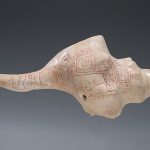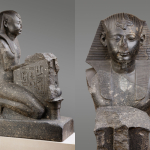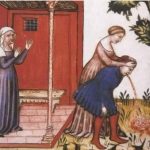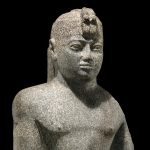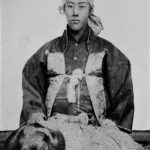Tutankhamun’s Tomb and Treasures
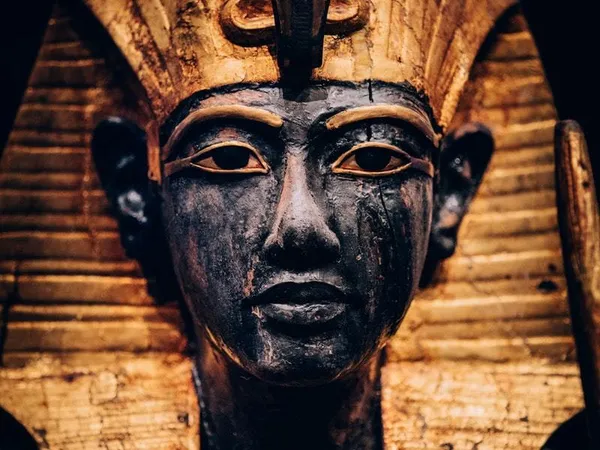
The face of one of the guardian statues from King Tutankhamun’s tomb was crafted from gilded wood, with black resin used to fill the pores of the surface. This figure is among the treasures unearthed in 1922 by archaeologist Howard Carter, who made the world-famous discovery of Tutankhamun’s tomb.
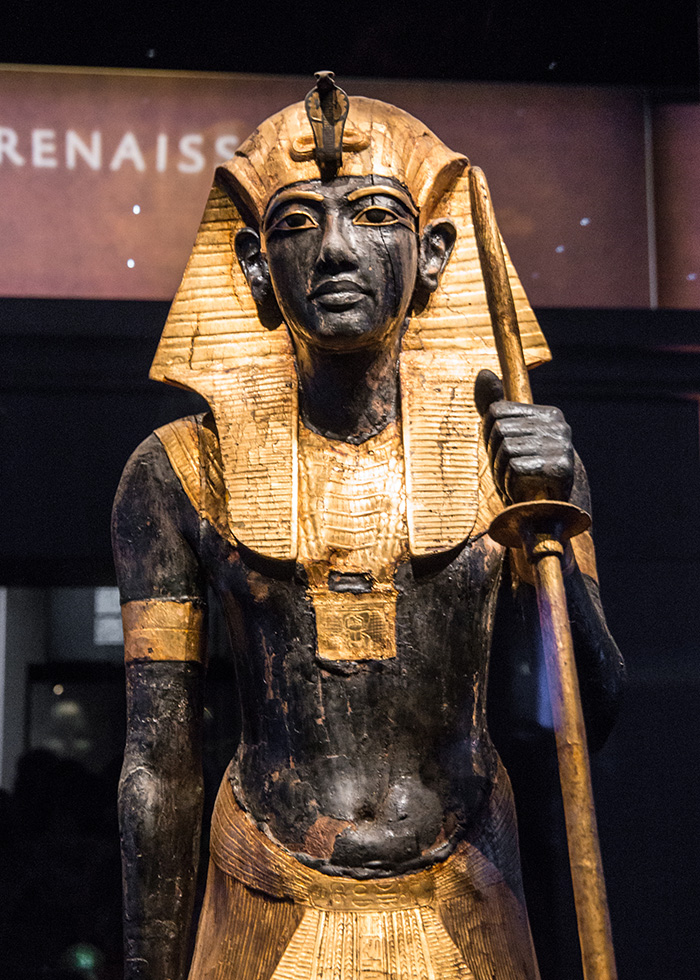
Tutankhamun (r. ca. 1336–1327 BCE) of the Eighteenth Dynasty is renowned today not so much for his reign, but because his tomb in the Valley of the Kings (KV62) was found largely intact—the only royal tomb there to survive in such condition. The discovery made global headlines, and the golden artifacts and luxurious possessions brought out of the tomb quickly became icons of ancient Egypt. To this day, the find remains one of the most important archaeological discoveries ever made.
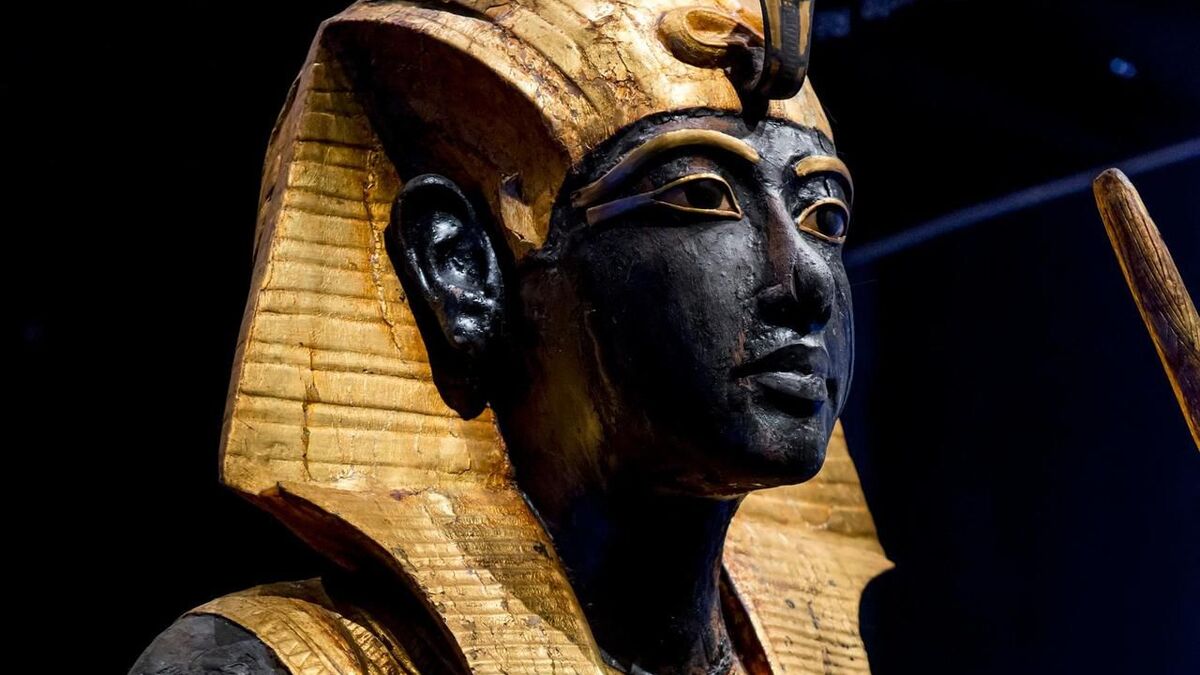
Despite its riches, the tomb is surprisingly modest in size and decoration compared to those of other New Kingdom pharaohs. Tutankhamun came to the throne as a child and ruled for only about nine years, which likely limited the scale of his burial preparations. One can only imagine what splendors once filled the grand tombs of rulers such as Hatshepsut, Thutmose III, Amenhotep III, and Ramesses II.
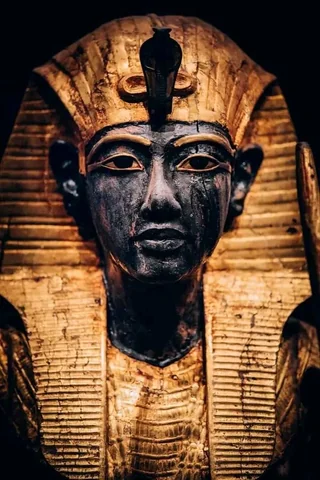
Decoration within Tutankhamun’s tomb is restricted to the burial chamber. Unlike most royal tombs, which are covered with funerary texts such as the Amduat or Book of Gates to guide the king into the afterlife, only a single scene from the Amduat appears here. The rest of the wall paintings show the king’s funeral or his encounters with various gods.
The tomb’s small size has long fueled speculation. Some scholars suggest that KV62 may not have been originally intended for the young king. His successor, Ay, was buried in KV23—a tomb possibly meant for Tutankhamun but left unfinished at the time of his sudden death. Others have proposed the same for Horemheb’s tomb, KV57. It has even been argued that KV62 may have begun as a private tomb or storage chamber, later adapted to house the king.
Whatever its origin, the tomb contained about 5,000 objects, all packed tightly into the limited space. These included everything from clothing, jewelry, cosmetics, and incense to furniture, toys, chariots, weapons, and vessels of various materials—items reflecting the daily life of the royal palace.
It is one of history’s greatest ironies that Tutankhamun—an otherwise minor king, nearly erased from history because of his ties to the controversial pharaoh Akhenaten—has become more famous than many of Egypt’s most powerful rulers.

